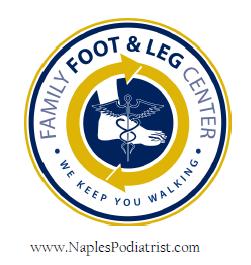With poor circulation, nonhealing wounds, post surgical pain, and pain from neuropathy comes a multitude of treatment options and medications for the problem. There are also physical therapy modalities to help enhance the body's natural healing potential. Such a therapy as this is contained within MVT. We have a multitude of patients undergoing this modality, and have had strongly positive results with various indications as listed above. Here is just some of the information available and the likely mechanism of how it works:
MVT is a physical medicine modality which
addresses the problem from a different
perspective: working directly and mechanically
to move blood flow through neuromuscular
stimulation of the venous muscle pump.
In MVT, a MicroVas Vascular Treatment
System generates ionic impulses which pass
through the body, or its extremities, using
strategically placed carbon emitter pads. The
pads are positioned 180° from each other in
groups of up to 8 pairs. The ionic impulses pass
completely through the limb or body, creating
neuromuscular stimulation of the venous
muscle pump, and simultaneously upregulating
the metabolic process.
While very little information exists
concerning the MVT mechanism of action or
efficacy, one study of 25 diabetics1 shows
encouraging results.
While the 48% average increase in TcPO2 for
patients after one 45 minute treatment is
dramatic, the 157% increase in baseline TcPO2
for patient number 4, suggests that the benefits
of treatment are cumulative and perhaps longlasting.
It is postulated that this is the result of
angiogenesis, or perhaps the reversal of stenosis
brought about through the repeated pulsations
with increased blood flow and increased
hydrostatic pressures.
In terms of limb salvage, there may be the single
most dramatic example. A case study deomonstrates in
week one, with a TcPO2 reading of 0 before
treatment and 2 after treatment, he represented
an unsalvageable limb. After four weeks of
treatment, he still reads only 3 before treatment
and 8 after treatment: quite an improvement,
but still not a salvagable limb. Following
treatment in the eighth week, however, he
reached a reading of 35—very likely a
salvageable limb!
While data regarding microvascular therapy
as applied in peripheral neuropathy are scarce,
initial findings show promise.
Patients were referred to a clinic by
neurologists, vascular and orthopedic surgeons
as well as family practitioners, all of whom had
depleted their pharmacological armamentarium
on these patients without results.2
Patients were 71% female (40), 29% male
(16) and ranged in age from 58 to 80. Both
diabetic (88%) and non-diabetic neuropathy
(12%, unknown etiology) were represented.
(MVT has been used in other studies on
chemotherapy-inspired neuropathy).
Not shown in the data, but of significant
importance is the patient response to MVT,
which included a reduction or elimination of
drug use.
Can a relatively short regimen of physical medicine actually reverse
neuropathy without addressing the underlying causes? Are the apparent
improvements shown in these limited trials transient or long-lasting?
There is a need for long-term studies. In a recent article, King and
Veves of Harvard Medical School said, ”an urgent need exists to
develop new therapeutic approaches that will improve nerve function
in diabetic patients”. Perhaps MVT is that new therapeutic approach.
Wednesday, February 24, 2010
Subscribe to:
Posts (Atom)



